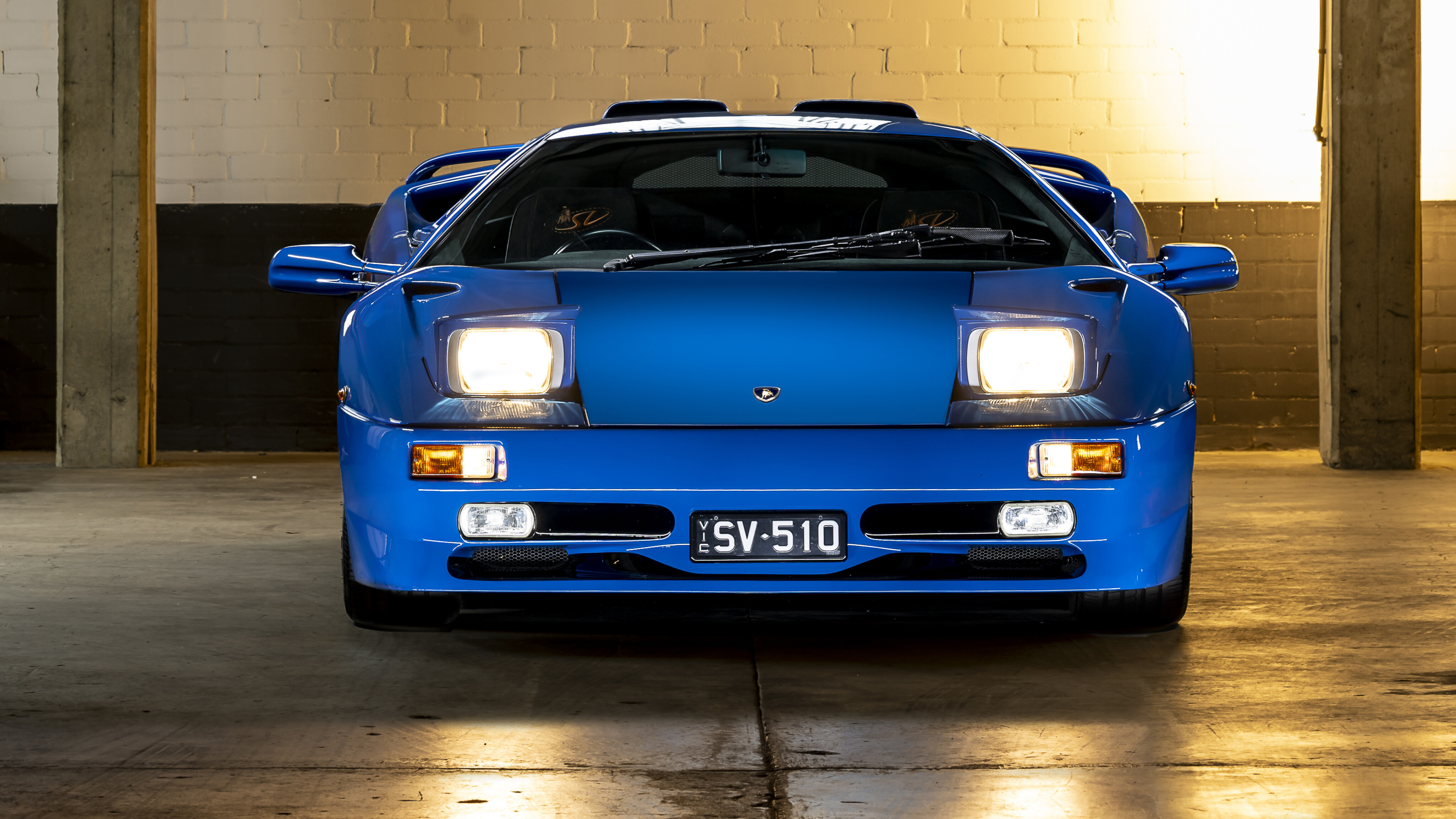
"Do you know the secret?” asked the Lamborghini driving instructor, conspiratorially.
Given my frankly lamentable driving in the Diablo SV around Imola, I thought that I’d made it reasonably obvious that the secret was manifestly lost on me.
As a twenty-something journalist with zero experience of driving supercars on track, I’d been subjected to the ultimate indignity of the instrcutor asking me to drive the car round the Autodromo Internazionale Enzo e Dino Ferrari solely in third gear so I wouldn’t shock the driveline with my klutzy downchanges.

The notes on my my braking read “violento e impreciso” which required little in the way of translation. I could almost feel the ghost of Ayrton Senna facepalming in horror with each pass of Tamburello.
The Diablo SV wasn’t even supposed to be there. It was a sacrificial beater car, its interior drilled full of holes where data gathering equipment was once mounted, prominent because it was the only one of the pre-facelift Diablos present.
It was also the car I was given to drive, largely because I probably looked the riskiest prospect.
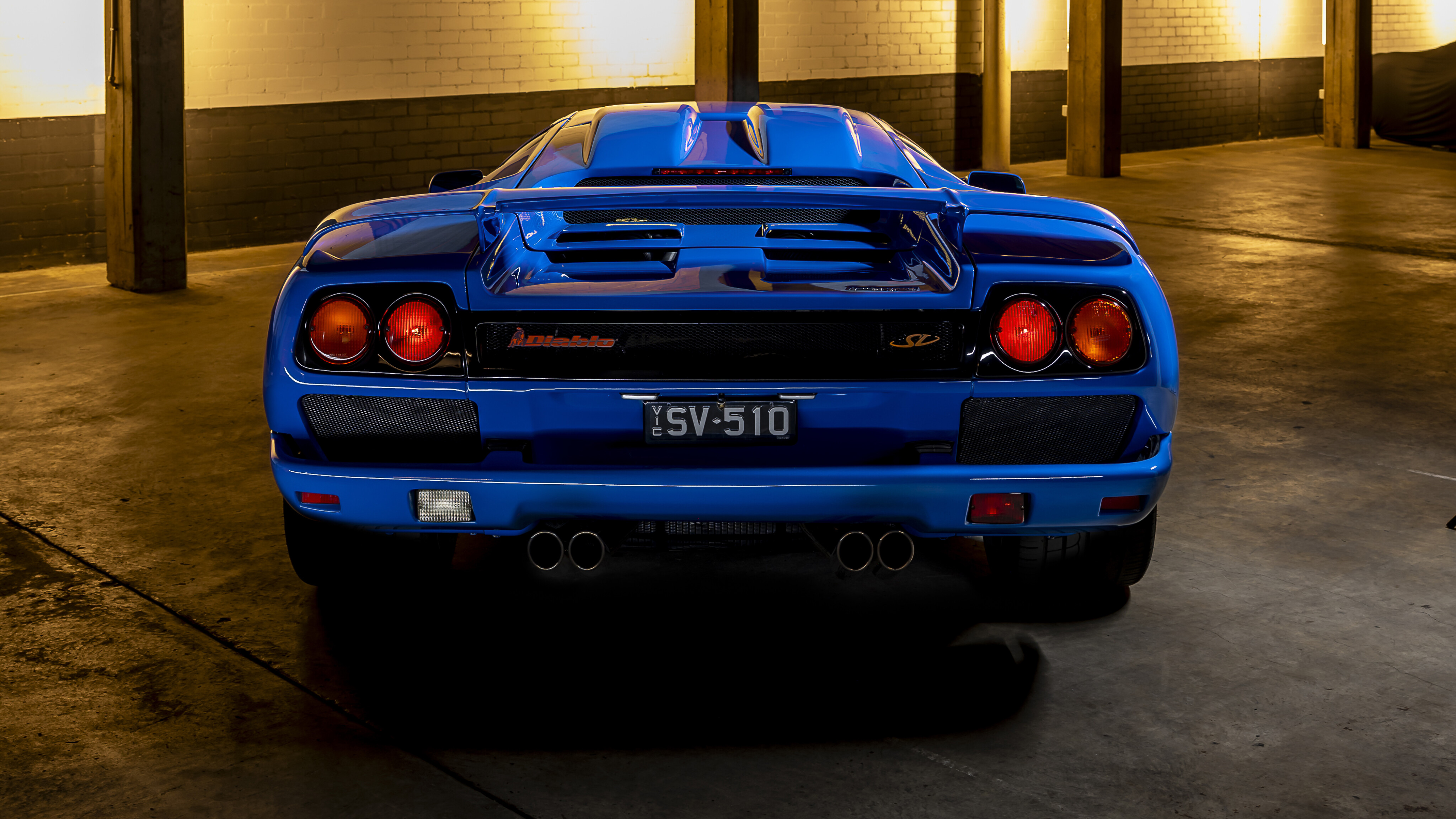
As it turned out, I was one of the few who didn’t manage to bin or bend anything during the three-day course and was glad to escape ever becoming the second Wheels editor to have duffed a Diablo.
It turned out that the instructor’s question was a mispronounced “do you know the circuit?” After getting comfortable with the sinuous rhythm and surprising vertical relief of Imola’s parkland track, my driving improved considerably and I was even permitted to use the gearbox.
I did nearly flatten a photographer who slid out of the back of a tracking vehicle when its driver accelerated up the hill from the Tosa hairpin, but I guess violento brake pedal applications can also yield benefits.
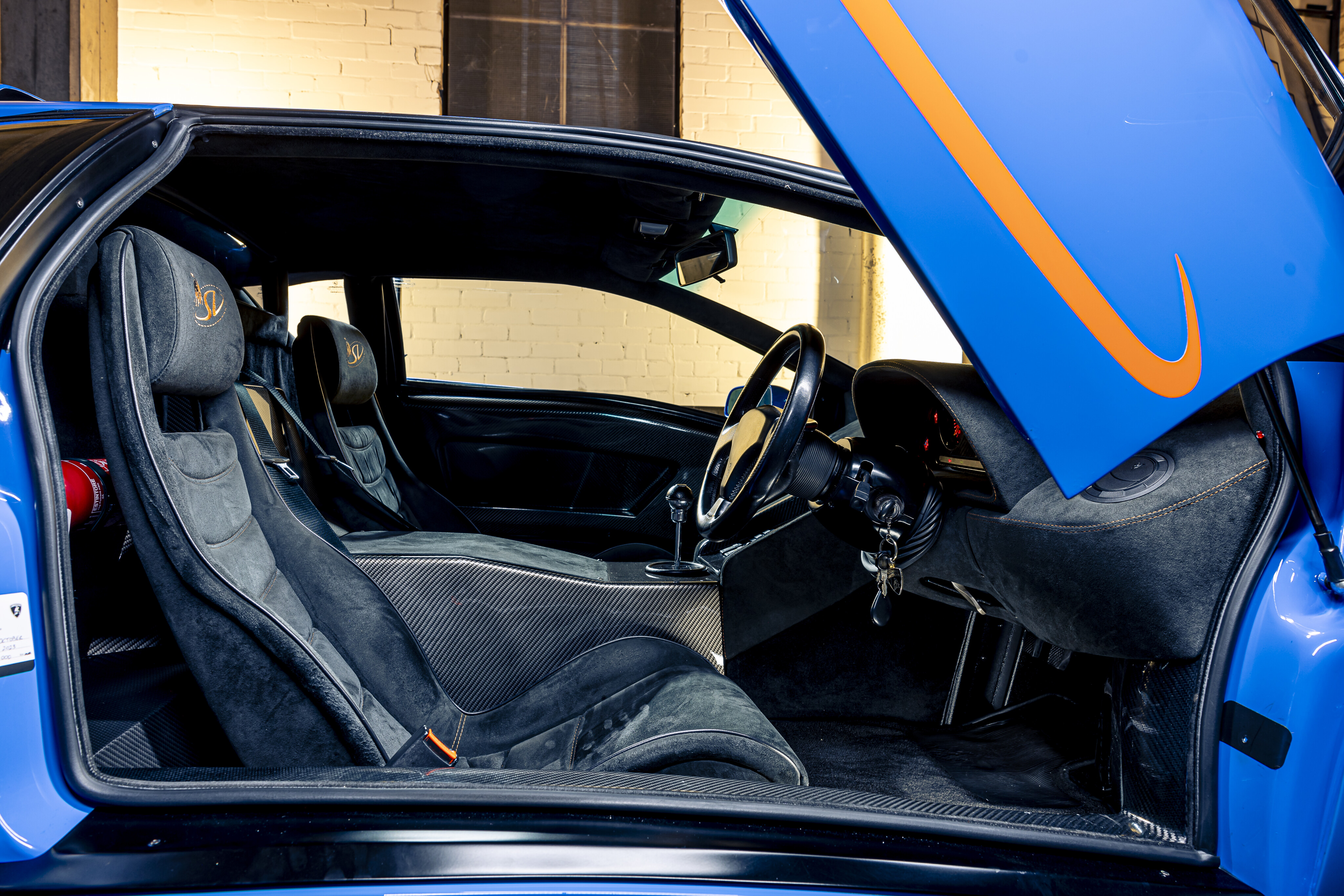
It was just a difficult bastard and I was too intimidated by the car, by the onlookers, by the track and by the whole experience
The Diablo SV left a lasting impression on me. It was nothing like I expected. Perhaps I was anticipating something a bit less earthy for my first Italian supercar experience. At the time, I had neither the confidence nor the ability to get anything like the best from the chassis or the drivetrain, but I was shocked at how guttural, how agricultural, even, the V12 sounded at low revs.
The bass notes punched you in the diaphragm. It was just a difficult bastard and I was too intimidated by the car, by the onlookers, by the track and by the whole experience. I’d adored Lamborghini since I was a small child and here I was, not in any way worthy of this 395kW missile. Humbling doesn’t even begin to cover it.
Perhaps that’s the way it should be. Supercars should be intimidating. They should leach consequence from every pore. They should be terrifying and intolerant, and their drivers should look like heroes. The Diablo was one of the last of that ilk.

It pays to remember that the Diablo SV was never supposed to be a collector’s special.
In fact, in terms of Lamborghini’s price walk-up, it was the entry-level model, a simpler rear-drive proposition when compared to the more sophisticated AWD VT models. Back in 1986, it was priced in the UK at £125,000, some £23,000 less than the ‘standard’ Diablo.
The strategy back then was to save on build costs by creating genuine back-to-basics cars that borrowed some of the optics from the ritzy SE30 Jota but stripped out the all-wheel drive and didn’t initially include features such as traction control, anti-lock brakes or some interior trim parts like leather or full-featured door cards.
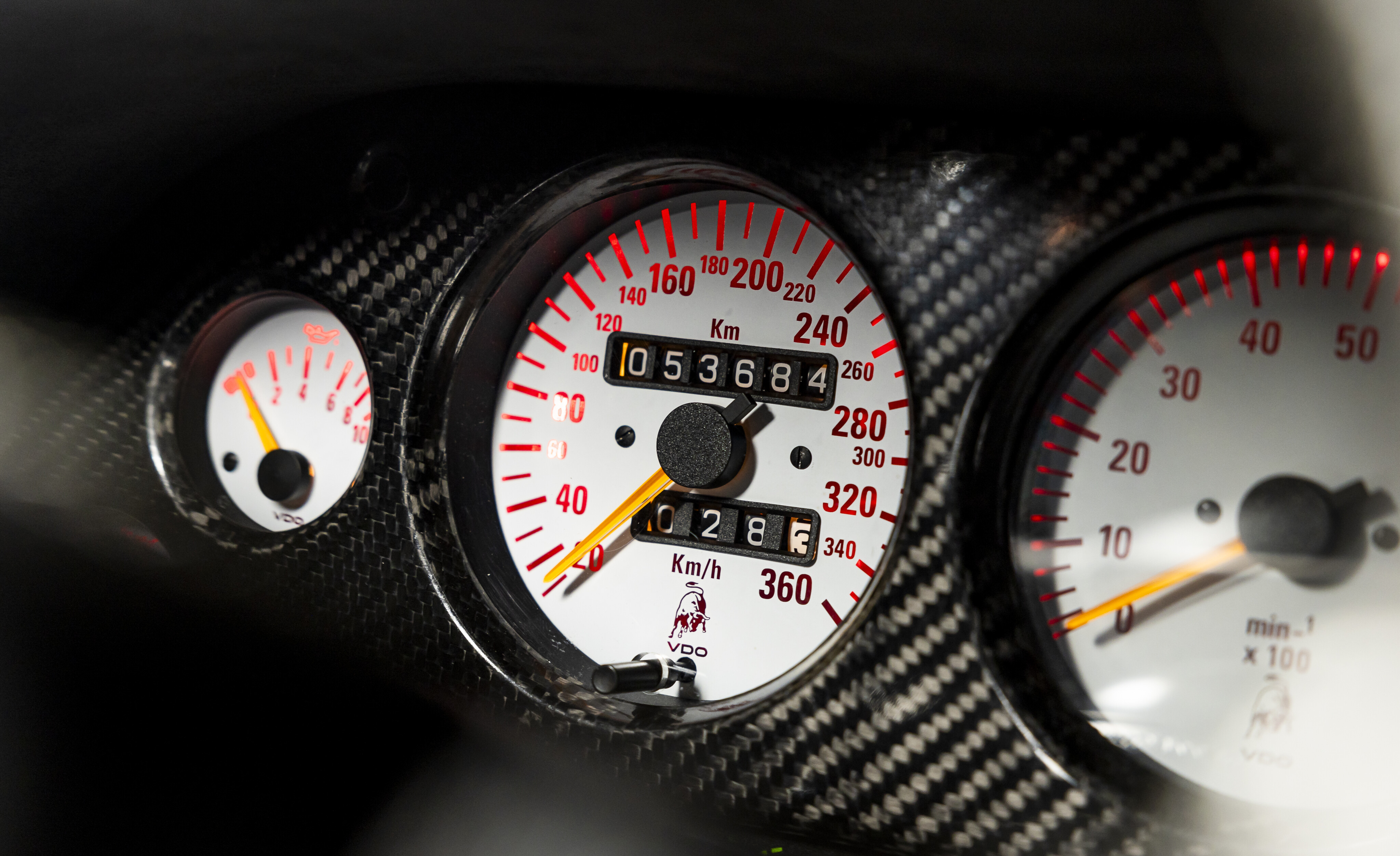
A lot of soundproofing was deleted too which, in turn, meant that many SV customers didn’t bother with a stereo system. Maybe Lamborghini didn’t quite have Porsche’s chutzpah in removing items and then charging customers more for the privilege.
That was largely because the company was struggling to shift Diablos. In 2023, Lamborghini produced around 11,000 cars. Back in 1990, when the Diablo was introduced, anything over 100 cars was a decent showing. By 1995, the Diablo line was five years old and was no longer the freshest supercar.
In the intervening years the McLaren F1 had appeared and readjusted everybody’s idea of what a truly fast car was. The Diablo SV needed to reset the meter and remind buyers of traditional Lamborghini values: purity, aggression and excitement.
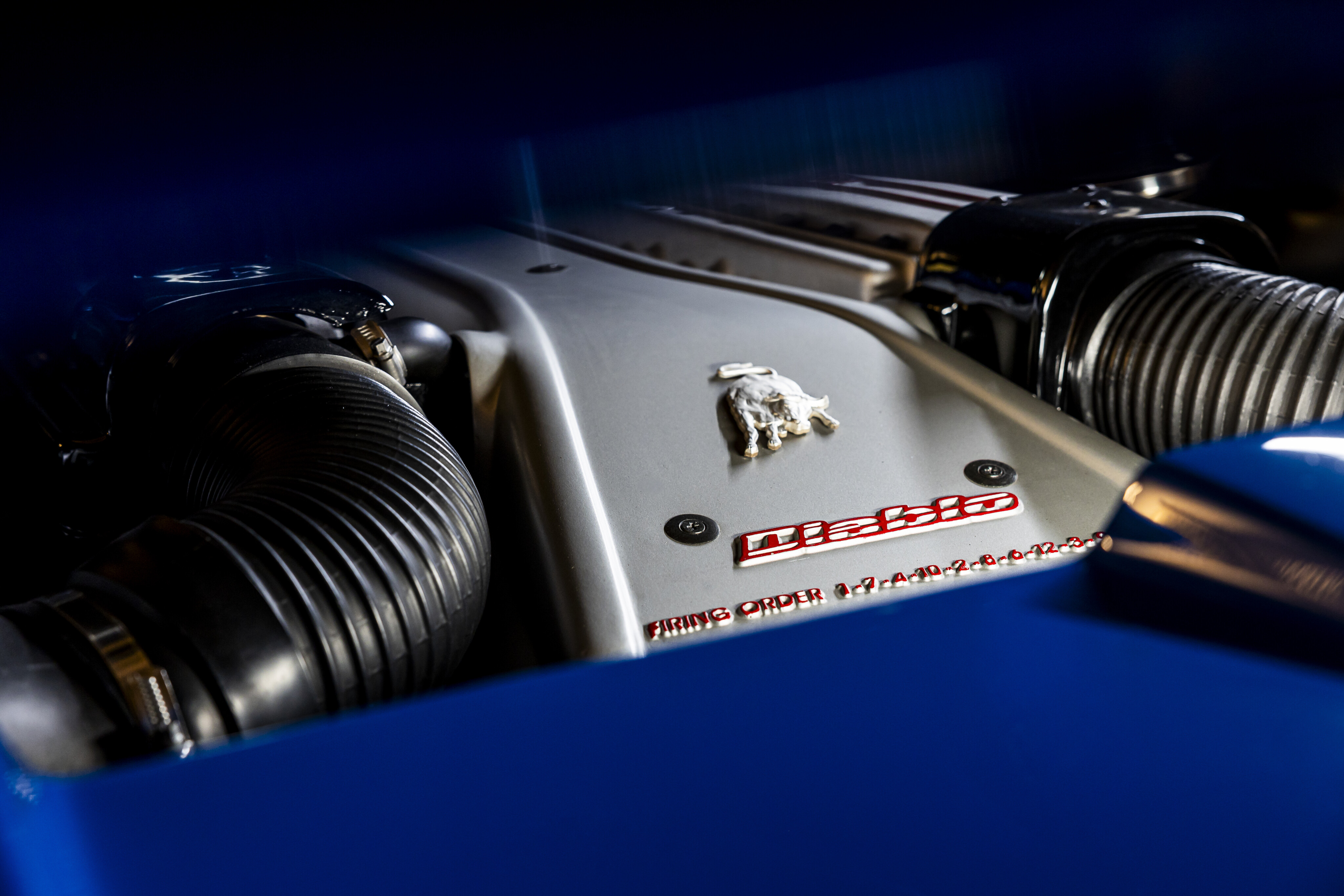
Before we jump too far into describing what buyers got, it’s worth breaking down the SV into some specific sub-niches. The big division is between the pop-up headlamp coupes and the ‘Audified’ fixed-lamp SVs that appeared in 1999, of which 100 were sold that year.
Even prior to that, there were the early SVs and the 1998 build cars that got a whole heap of upgrades and, as a result, are some of the most prized. Then there are the low-volume specials, like the pair of SV Roadsters (unveiled at the 1998 Geneva Show), and the 20 ‘Monterey Edition’ cars exported to the US in 1998.
These got SE30-style bladed vents ahead of the rear wheels, faintly hideous chrome wheels, a body coloured spoiler, leather seats and a set of SV Monterey Edition-branded fitted luggage.
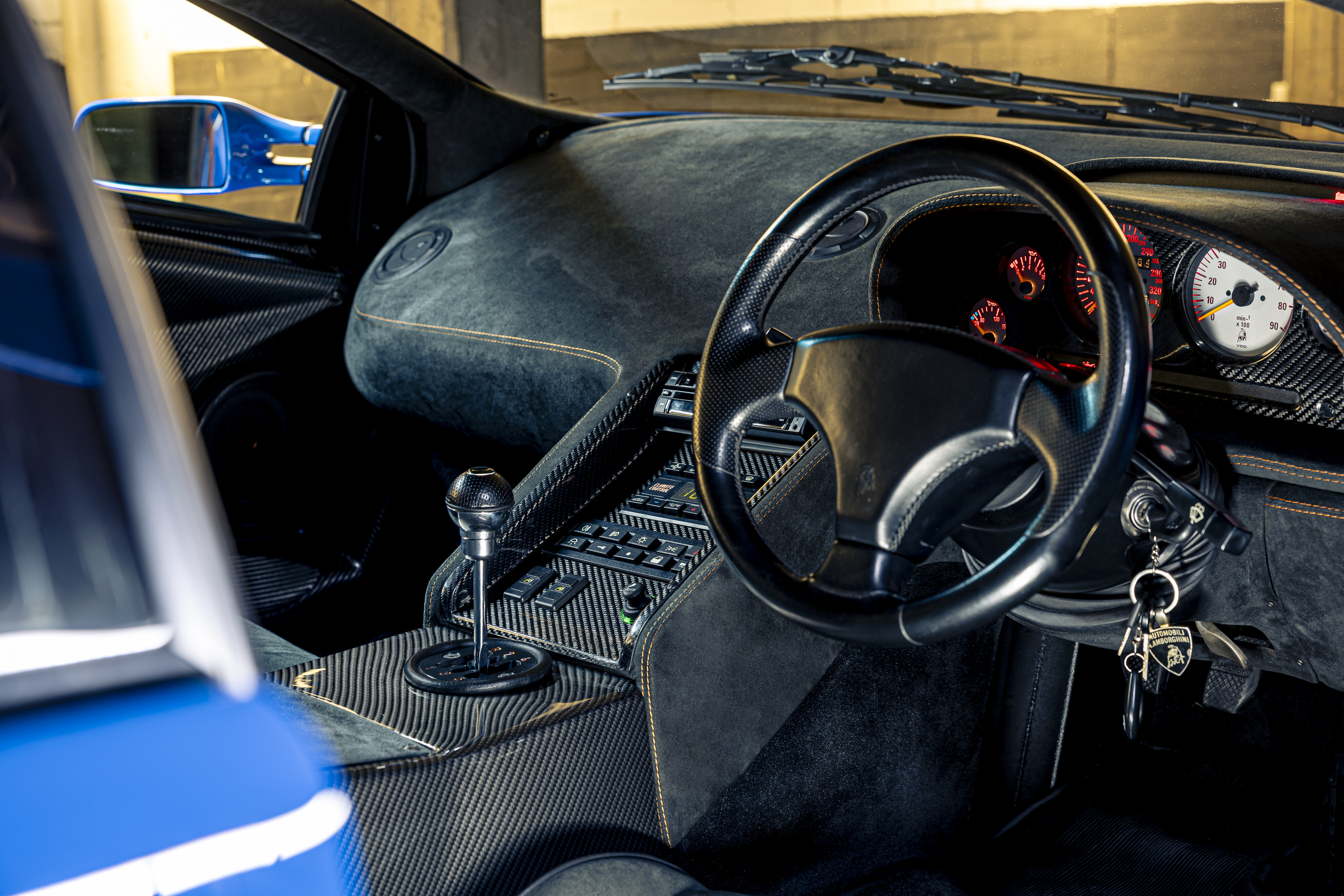
For the purposes of this piece, we’re concentrating on the pre-facelift coupes, as they make up the bulk of the current parc of SVs. The SV was first shown at the 1995 Geneva Show, reviving the Super Veloce badge last used on the Miura SV in 1971.
There were discussions at Sant’Agata as to whether the cheapest Lamborghini deserved to wear such an illustrious badge, with some preferring the blander Clubsport appellation. It was noted that Porsche had a claim on this badge.
More aggressive cams and freer breathing exhaust liberated another 13kW to deliver 380kW, with 46kg being shaved from the weight of the stock Diablo. Back in 1996, Wheels sent Peter Robinson to the Croft circuit in the UK in the SV and he found it suitably entertaining.
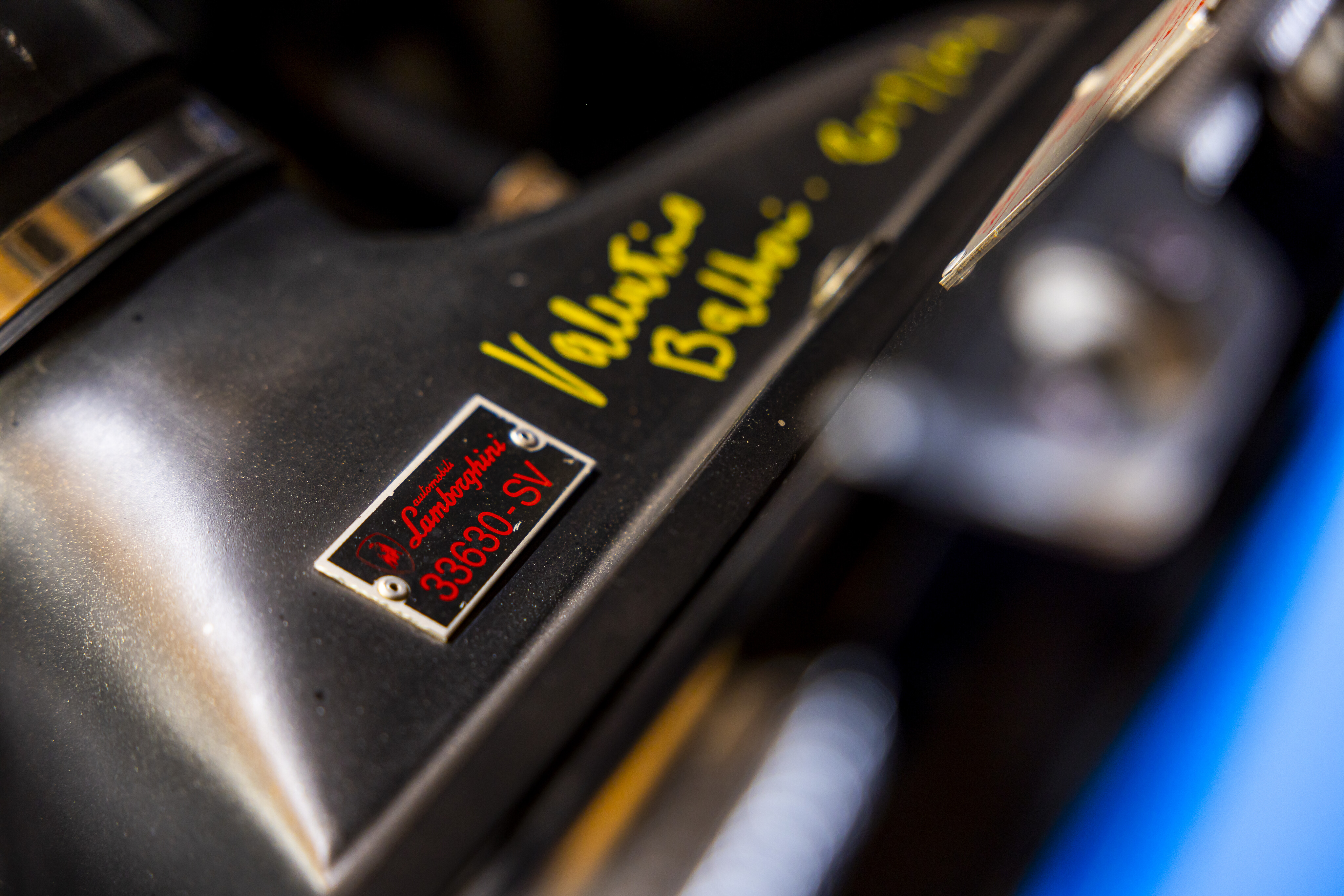
“Hugely powerful, incredibly noisy and tiring over any distance, the Diablo SV is also immensely entertaining,” he noted. “For safety, use the brilliant brakes only in a straight line, otherwise there’s a chance of the tail stepping rather quickly and acutely out of line.
Once mid corner, you can take advantage of the Diablo’s inherent traction and enormous power to rocket out. You’ll be amazed by the car’s surprisingly economical use of road space, the steering’s communication and its sheer speed and ability point to point. Not a car for the timid, but thrilling to drive, if only for a couple of hours at a time.”
Rather surprisingly, the brutish Lambo aced everything else on a lap of the circuit, which was some going when the field included cars like the Porsche 993 Carrera RS lightweight, the Dodge Viper GTS and the Caterham 7 Superlight. This Diablo was clearly no mere show pony.
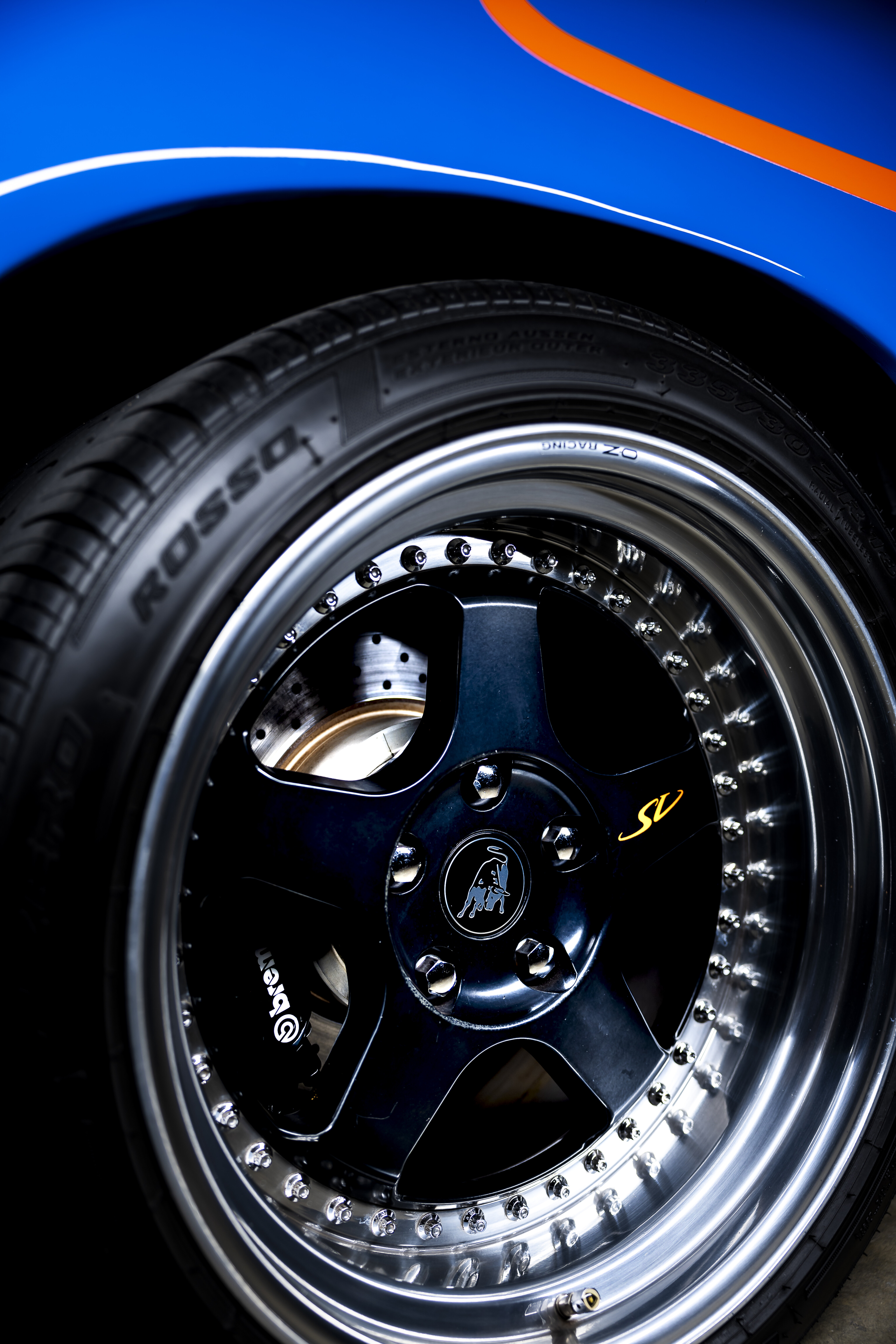
Lamborghini wasn’t done with developing the Diablo SV. Its key impediment was, believe it or not, emissions, which meant that it couldn’t be sold in the US.
That changed when a whole raft of updates were introduced, starting with cars built in October 1997 for the 1998 model year. Tellingly, the 1998 Detroit Show was chosen to unveil these revisions.
The game changer was a variable valve timing system that lifted power to 395kW at and identical 7100rpm, and torque stepped up from 580Nm at 5900rpm to 605Nm at 5500rpm. The big news, commercially at least, was that the VVT system got Lamborghini past US emissions regulations.
All 1998 SVs were then treated to updated ABS software and 18-inch front wheels to replace the old 17-inch alloys. This, in turn, allowed the fitment of larger 355mm front brake discs, with the rears also nudging out to 335mm (up from 330 and 310mm respectively).

A four-spoke airbagged steering wheel was fitted, and general utility was boosted with the options of a hydraulic front axle lift system and the four-way electronically-adjustable Koni dampers borrowed from the VT.
These changes improved the Diablo SV, but the fundamentals remained the same. You still had a car with a 41:59 front to rear weight distribution. It still drove through a pair of huge rear treads, it still sported the standard satin black spoiler with manually-adjustable gurney flap (colours or delete were available as option), the body was still aluminium and reinforced composites and the suspension remained unequal length wishbones all round with anti-roll bars front and rear.
The gearbox was still a slightly obstreperous gated manual dog-leg five-speed and you still got the roof scoops (but sadly not the individual throttle bodies) of the SE30 Jota.
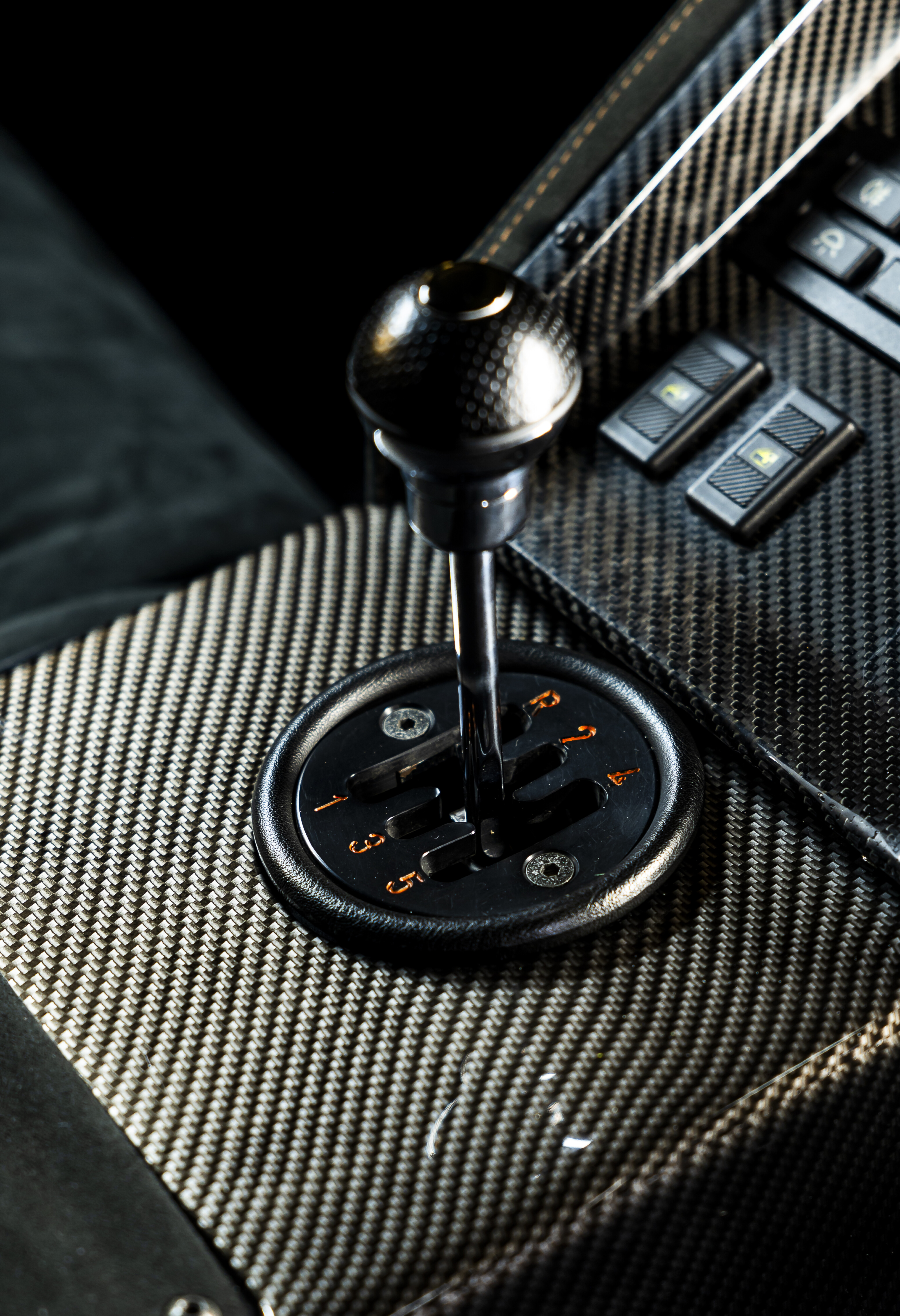
The facelift brought a far slicker interior, better fit and finish, the deletion of the lovely pop-up lamps and, notably, the excision of any reference to design by Marcello Gandini.
Even at this stage, Lamborghini’s sales target for the facelifted Diablo was a mere 180 cars worldwide per year.
Time has been kind to the Diablo SV; a car that Lamborghini thought it could build cheaply and which could dig it out of a financial hole. Its reversion to a certain charm and simplicity came right at a time when supercars were trending in the opposite direction.
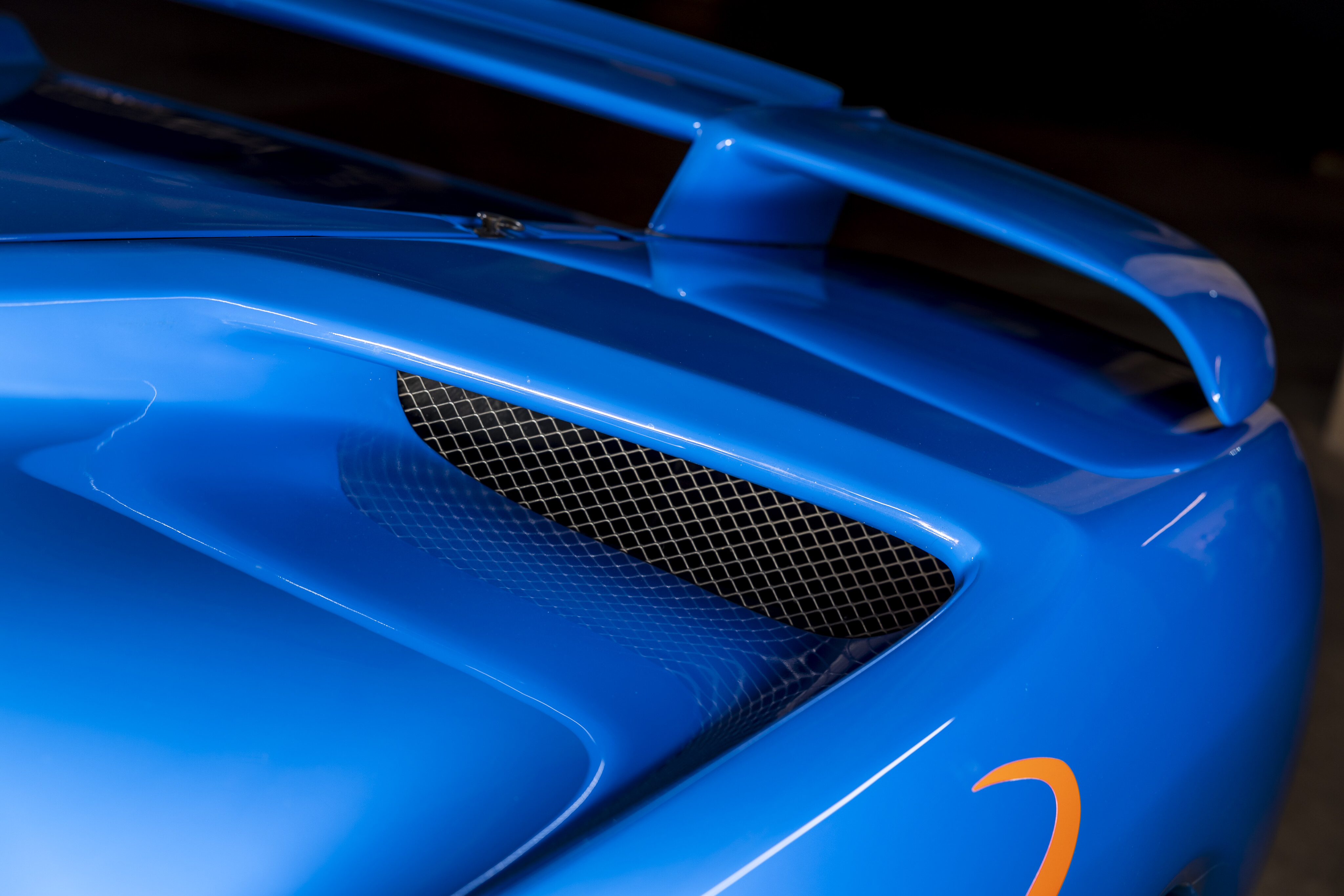
While the Diablo SV was being unveiled at Geneva in 1995, Ferrari was across the hall whipping the hanky off the F50, a car with a 60-valve F1-derived V12 engine bolted to a full carbon-fibre tub.
What seemed out of step then is refreshing now and an SV is worth considerably more than a standard early Diablo, with the 40 right-hand drive pop-up lamp SV coupes trading healthily.
It’s still a car that demands huge respect and one that is increasingly recognised as a key component in Lamborghini’s transformation. It stands exactly at the transition between cottage-industry Lamborghini and the slicker and more commercially savvy operation we know today.
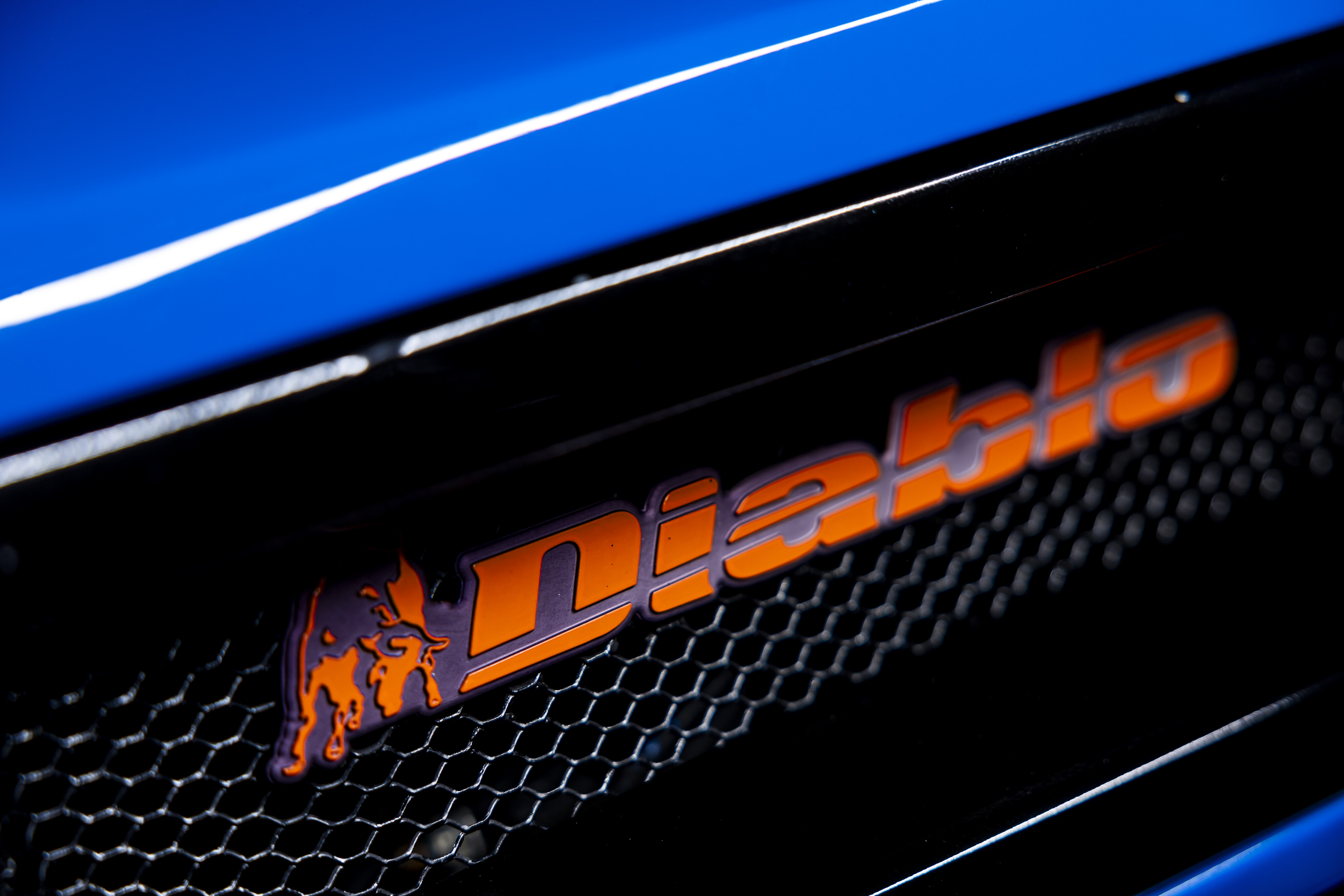
A such, the Diablo is treasured by fans of the marque as the last of its ilk; sometimes a little rough around the edges, but that’s an integral part of the appeal.
Many years later, I was reacquainted with the car that so terrified me as a cadet journalist. I expected to get in and wonder why I’d been so cowed by it. Yet on those roads, on that day, it was still a handful, still something you’d love to have the time to master in all its dimensions.
I cast my mind back to Imola and realised I’d done well just to bring the thing back in one piece. Three other cars at that event weren’t so lucky. Almost a quarter of a century of recrimination was banished, but my respect for the Diablo SV hadn’t attenuated one iota.

If anything, the excitement of driving it has only become more amplified in an era of sanitised performance.
The SV badge was reprised for the Diablo’s successor, the Murcielago, which marked the end of the line for the iconic Bizzarrini V12 engine. The Murci was undoubtedly a better car in virtually every measurable metric, but did it have the unpolished charisma of the Diablo, that tangible link to the hand-crafted Lamborghinis of yore?
No. That’s why we love the Diablo SV. Lamborghini built better, prettier and rarer Diablos but perhaps none epitomises the company’s incredible tale of transition better than the Super Veloce and who doesn’t love a great car and a happy ending?
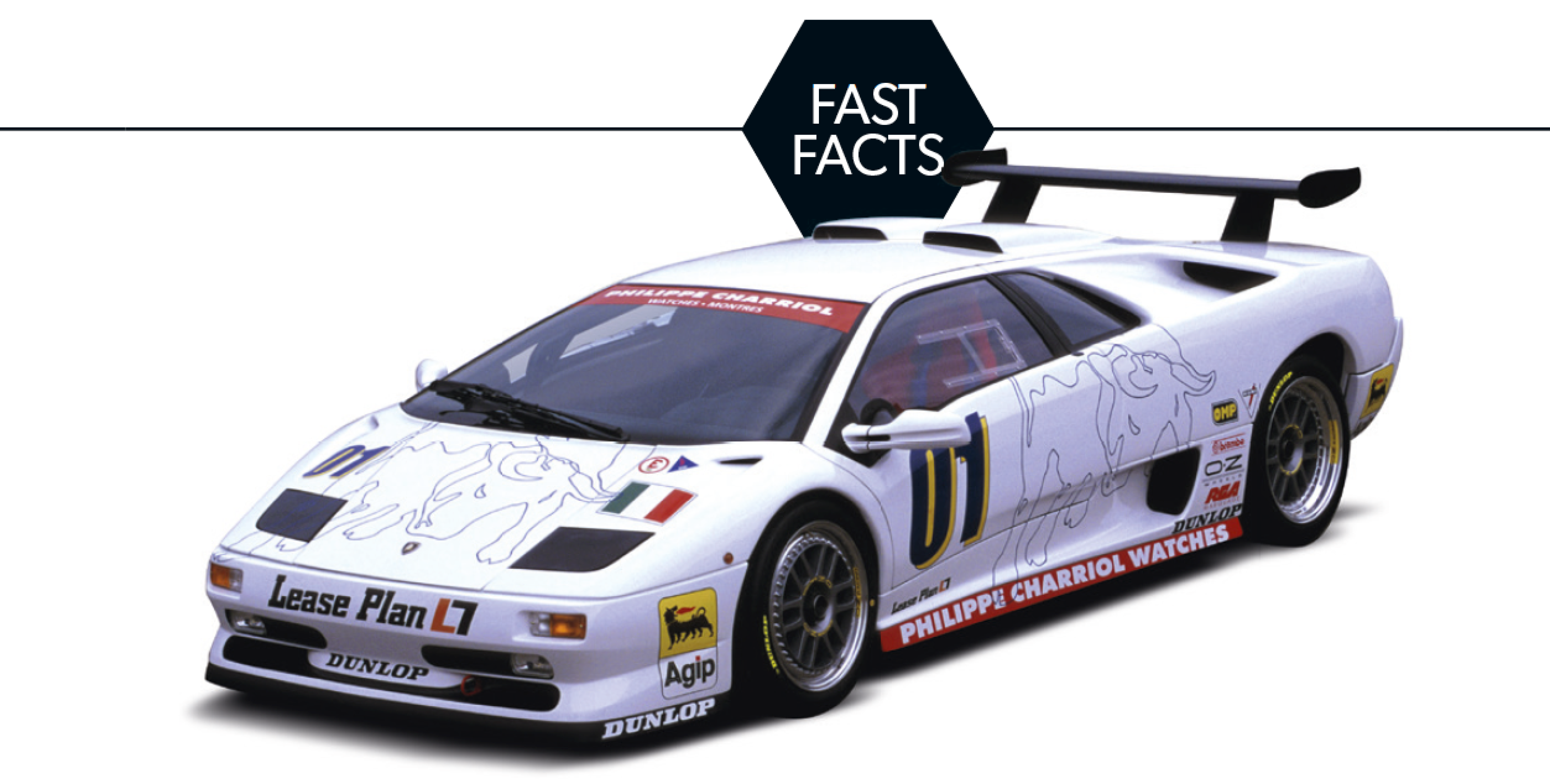
Unveiled at the 1996 Geneva Motor Show, the Diablo SV-R was a lightweight competition version of the SV built for the Lamborghini Supertrophy. This race series ran for four years with its inaugural round being the as a support race at Le Mans in ‘96.
The 28 Diablo SV-Rs entered were built in four months alongside production SVs and featured a power bump to 397kW, thanks largely to an early version of the VVT system that would later appear on production Diablos.
A six-speed manual transmission was fitted, and Supertrophy cars also featured pneumatic air jacks, a full roll cage, fixed headlamps and an uprated aero package. Weight for the race cars was 1385kg, 191kg less than an equivalent road car. In total, 31 SV-Rs were built, with a handful being converted for road use.
| Lamborghini Diablo SV specifications | |
|---|---|
| Engine | 5707cc V12cyl, dohc, 48v |
| Max power | 395kW @ 7100rpm |
| Max torque | 605Nm @ 5500rpm |
| Transmission | 5-speed manual |
| Weight | 1530kg |
| 0-100km/h | 3.8sec (claimed) |
| Price (now) | from AUD $1m |



COMMENTS